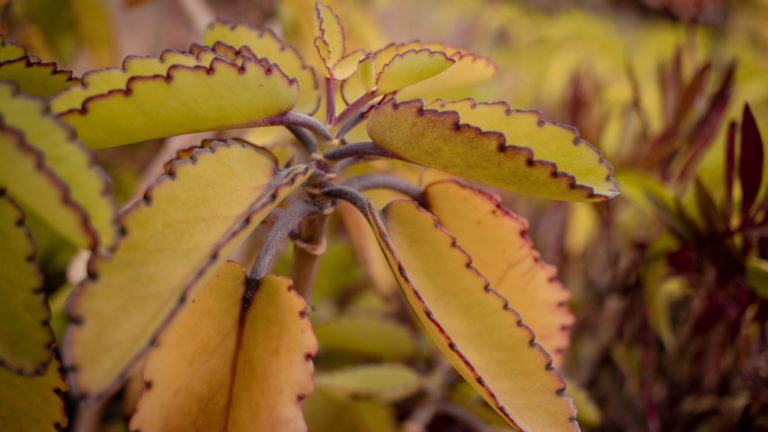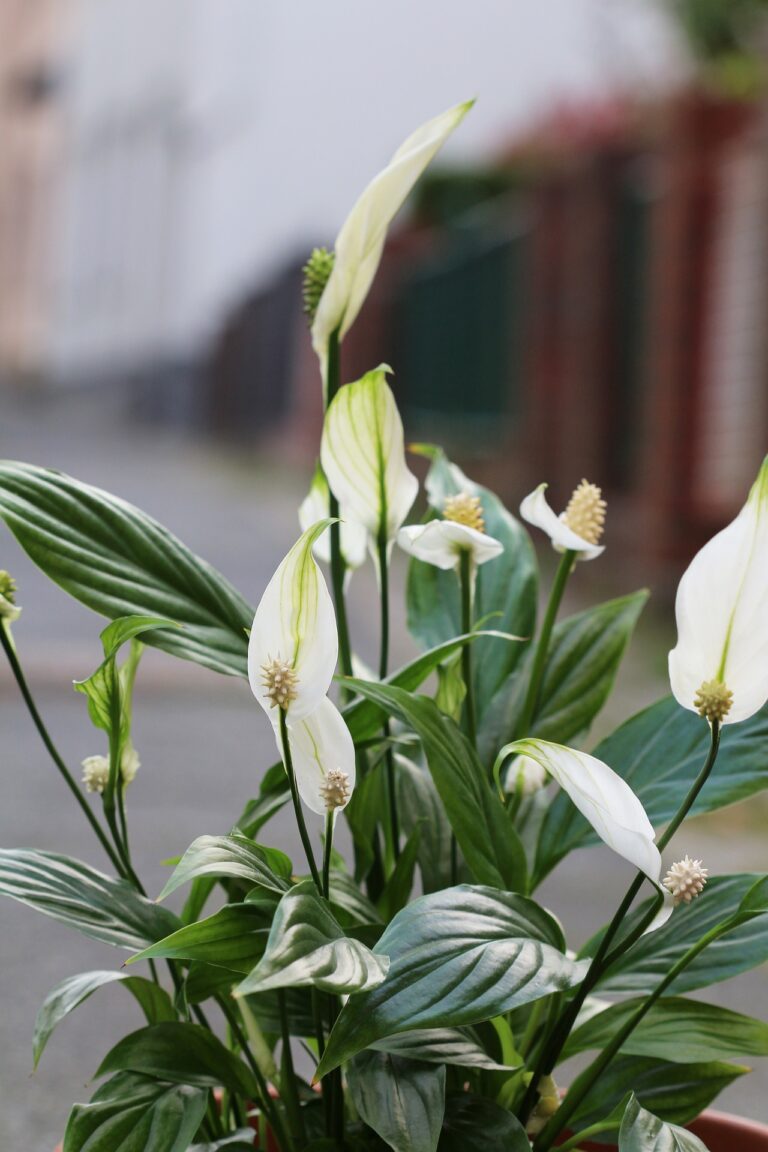What are the Best Landscaping Plants Out There?
Our recommendations for the best landscaping plants are Spiraea “Peppermint Stick” and Empress Wu Hosta. We narrowed our choices based on two criteria. We wanted a plant that could pack a big punch for interest and color. We wanted plants that are low maintenance. We’d rather sit in the garden than weed. Check out our picks for your landscaping below, and see which ones you like.
Our Top Picks for the Best Landscaping Plants
[wptb id="8341" not found ]Planning Your Landscaping
You should start with a plan to determine the best landscaping plants. Begin with what constitutes your ideal garden. Think of the features that you want to include. The sky’s the limit. You can always scale back later. We’ve grouped some features for you to consider. Keep a list of what appeals to you, and we’ll go from there. Things to think about include:
- Flower beds
- Plantings for wildlife
- Herb garden
- Vegetable garden
- Ornamental features like borders, hedges, and a focal point
Also, consider the practical uses that your garden will serve. Think barbecue, children’s play area, or patio/outdoor kitchen. You should also consider other elements such as a privacy fence or windscreen with hardy evergreens. Knowing this upfront can help guide your choices to the ones that will work best for your situation. You’ll save a lot of time and money if you plan ahead of time.
Consider the Challenges
Most gardens have some trouble areas. Instead of ignoring them, plan for them. If you have alkaline soils, choose plants that prefer these conditions. Is your yard primarily in the shade? There are plenty of plants that will thrive in low light locations. As you think about your challenges, also take the time to identify specific problem spots.
For example, if your yard has low areas, standing water may present an issue. Likewise, a high spot might be extra windy. Plan for it with plants that are more tolerant of dry conditions. You should give some thought to the traffic your yard receives. Doing this will help you decide on an overall layout that will mesh with the natural flow of visitors to your garden.
What’s Your Garden Style?
Many people enjoy creating a landscape with a theme that ties everything together. You might prefer the classy look of a formal garden, making hedges and flowerbeds excellent choices. Do you want to landscape for curb appeal? Or maybe a cottage garden is more your thing with little hard rules for landscaping. If you’re a nature lover, you might want to consider plants that will attract birds and butterflies.
Planning for Shelter
A garden is a place to linger and relax. If you have space, it’s an excellent opportunity to create garden rooms for the ultimate in privacy. A line of arborvitae can provide the ideal backdrop for a private place to read a book and catch a few winks. Maybe you want a pergola with creeping vines for shade. You can think of your landscape as your oasis, complete with the cozy or exotic effects you’d like.
What You Need to Know about Landscaping
Now that we’ve discussed the fun stuff, let’s get down to the business of choosing plants. They will do best if your garden matches their basic needs. So, you need to begin with determining what your location can offer and what challenges it may present to plants. You should start with a soil test. You’ll need to do separate tests for lawns and garden areas.
This video from Home and Garden Information Center (UMD) shows you what’s involved with doing soil testing in your yard.
https://youtu.be/mEUzUbaBXl0
Think of it as your first cut. Plants that can’t thrive in these conditions won’t make a sound investment. Remember, if you want to change the soil, it’ll mean more work and expense on your part. Be practical about how much maintenance and money you want to put into the garden design of your landscape. That criterion alone can lead you toward the best choices.
Soil Conditions
The soil is a major factor in selecting plants. Fertilizing is a given, considering that plants will use what nutrients are available. They need food too. However, if you have acidic soils or heavy clay, you’ll need to add amendments if you choose plants that prefer something different. You might want to consider sticking with plants that will happy as the conditions stand.
Sun Exposure
Sunlight is another consideration since it could make the difference between plants that thrive and those that don’t. Many plants will tolerate a range of conditions. They may respond by not growing as tall as they would under a different scenario. For others, it is a deal breaker. Native prairie plants like purple coneflower crave full sun. They’ll fail to thrive in shady gardens.
The same applies for shade tolerant plants. The hot afternoon sun may scorch these plants and do serious damage. Sun exposure isn’t necessarily a good thing if plants have other coping mechanisms. These plants evolved a different strategy for finding food in the absence of abundant sunlight. For them, rich, fertile soils are essential for them to fare well. Partial shade is another component to consider.
Maintenance
Maintenance is a serious question that you need to answer when choosing the best landscaping plants. You’ll want to consider annuals or perennials. It does no good if you pick plants that require a lot of time for upkeep if you can’t deliver. If you want low maintenance, or easy landscaping, you’ll find numerous choices that will add color to your garden without a lot of work on your part. However, it doesn’t rule out all maintenance.
You’ll still need to keep up with the basics if just on an annual basis. You’ll to prune shrubs and trees. You’ll have to water and fertilize your plants. You might want to mulch for flowerbeds. Some plants may need some prep for a winter frost such as covering shrubs in burlap. So, when we speak of maintenance, there are degrees. You just need to figure out where you to want to fit in on this scale.
Our Recommendations: Spiraea “Peppermint Stick” and Empress Wu Hosta
We’d glad add any of our picks to our landscaping. Each has something unique to offer—beauty aside. We homed in on plants that could add a bit of drama. We like the idea of landscaping making a statement. We narrowed our choices to classic favorites that can suit a broad spectrum of landscaping themes.
We love the lazy, summer feel of a spiraea. It is the quintessential country garden plant. The Spiraea “Peppermint Stick” is a compact shrub, making it an excellent choice if you’re short on space. While we usually think of these shrubs with white flowers, the variation with pink and white stood out as something different from all the rest.
Hostas are also high on our list of good landscaping plants. The Empress Wu Hosta is no exception. It has a lot of the features we like. It is shade tolerant that can live in a wide range of hardiness zones. This variety is one of the largest and can grow up to an 8-foot wide spread. We liked the fact that we could cover a lot of space with a single plant.
Planning your landscaping is a time to let your ideas flow. Think of what your ideal garden has and make your dream come true. With the right landscaping plants, you’ll have a garden that will be the talk of the town.




